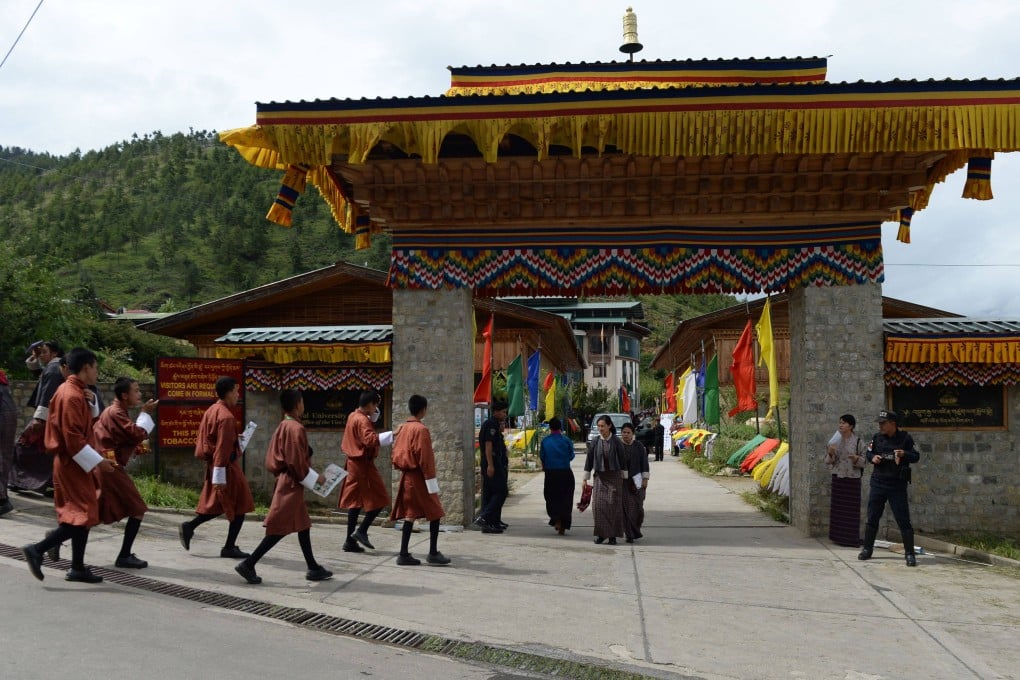India’s alarm spikes as China and Bhutan move closer to resolving border feud
- China’s talks with Bhutan prompted India to send its foreign secretary over for meetings with the kingdom’s leaders
- Bhutan faces growing pressure domestically to settle border dispute with China and any deal with Beijing could hurt India’s strategic interests, analysts note

Two weeks ago, China and Bhutan held a fresh round of talks in China’s Kunming city towards resolving their decades-old border dispute. The outcome took many by surprise: a joint statement insisting that a “positive consensus” had been reached by both, and that they would both be “increasing the frequency” of their talks.
The talks even promised a swift implementation of a mysterious agreement that both sides had signed in 2021, a “three-step road map” to resolve their dispute, the contents of which have not been unveiled.
Less than a week after the announcement, India’s foreign secretary Vinay Mohan Kwatra visited the kingdom and held meetings with the Bhutanese King Jigme Khesar Namgyel Wangchuck as well as Prime Minister Lotay Tshering.
It was the third high-level Indian visit to Bhutan in the past nine months, after external affairs minister S Jaishankar visited in April last year, followed by Indian Army chief General Manoj Pande’s trip in July. The Indian embassy in Bhutan described the discussions as “wide-ranging”, covering “the entire gamut of bilateral relations”, from energy cooperation to trade to their development partnership.
Analysts believe Kwatra’s visit was a sign of India’s growing concerns over the prospects of Bhutan and China moving closer to a resolution of their boundary dispute.
Bhutan holds immense strategic significance for both its neighbours: to its north and northwest is China’s sensitive Tibet region, whereas it is surrounded on all other sides by India’s northeastern region, parts of which are claimed by China. In New Delhi’s strategic circles, Bhutan is a so-called buffer state that separates India and China.